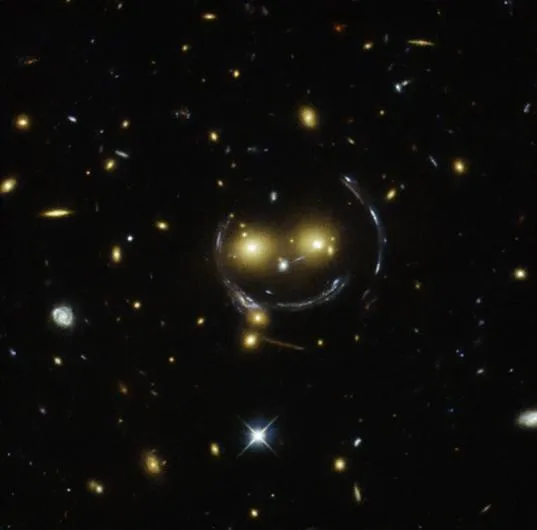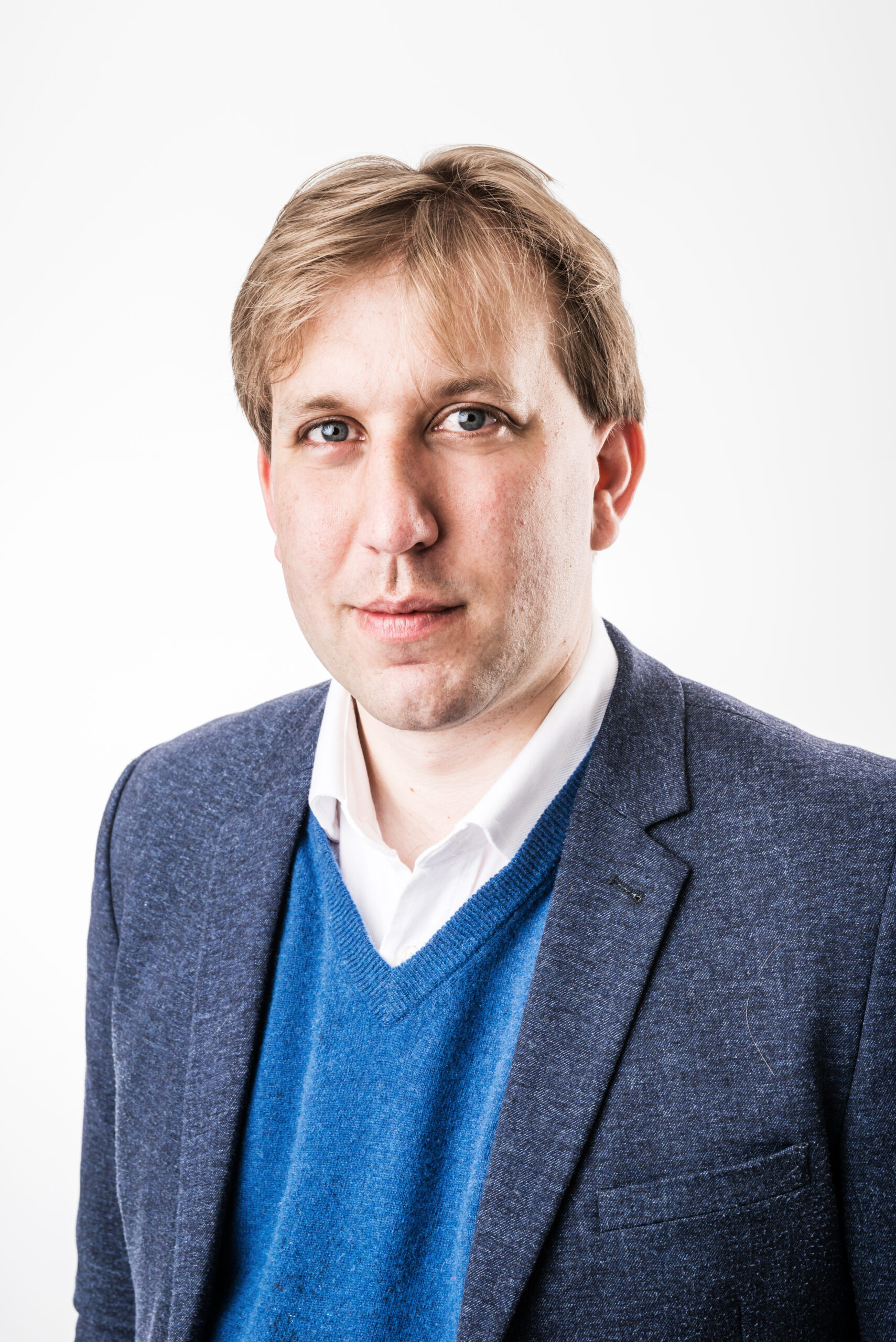What we consider remarkable has changed over time.
When Einstein realised that his general theory of relativity predicted that the path taken by light would be bent by massive objects, neither he nor anyone else would have believed that, a little more than 100 years later, we’d see the phenomenon on galactic scales.
The first gravitational lens was only found in 1979, but we now have thousands of examples where a coincidence of position means we get a distorted and often magnified image of a distant system that would otherwise be hidden behind a nearer cluster or galaxy.

As surveys get deeper and we’re better able to spot unusual things, marvels such as perfect Einstein rings, where light from a distant galaxy is bent into a circle around a lensing object, may not have the blockbuster appeal they once did.
The paper I’ve been reading, led by astronomers at the European Southern Observatory, is a reminder that new and unusual lenses are still out there to be found.

J1721+8842, the zig-zag lens
The team studied a system known as J1721+8842, which previous work had suggested was a double quasar, lensed by a nearby galaxy to form six separate images.
The truth is much odder.
Careful monitoring with the Nordic Optical Telescope in the Canary Islands showed that each of the lensed images is changing in brightness, and the pattern of brightening and fading is the same for each of them.
Though shifted from image to image by up to 39 days, the pattern is exactly the same. These must be images of the same, single object.

New results from the James Webb Space Telescope, which provides spectra and deep imaging of the system, show there are actually two different lenses involved.
Light from a single background quasar first encounters a galaxy at a redshift of 1.9 (far enough away that its light has been travelling towards us for about 10 billion years).
It then passes another galaxy at a redshift of 0.19, a bit less than a billion lightyears away, creating more images.
The delays in the changing brightness of the different images are caused by the different lengths of the paths that the light takes to get to us.
Two of the six images even seem to have been created by ‘zig-zag’ paths, passing on one side of the more distant galaxy and then the other side of the nearer, second galaxy.
This is the first time that such a lens has been seen.

Modelling the system should allow the precise masses of the lensing galaxies to be calculated.
No small feat, given that one of them is the most distant confirmed lensing system yet found.
But cosmologists will be even more excited to study those time delays, as they depend on the expansion rate of the Universe.
As there’s currently a ‘tension’ between different ways of measuring this expansion rate, the chance to use this weird system to make an accurate, independent measurement will ensure J1721+8842 gets plenty of attention in the next few years.
Chris Lintott was reading J1721+8842: The First Einstein Zig-zag Lens by F Dux et al. Read it online at: arxiv.org/abs/2411.04177.
This article appeared in the February 2025 issue of BBC Sky at Night Magazine.
